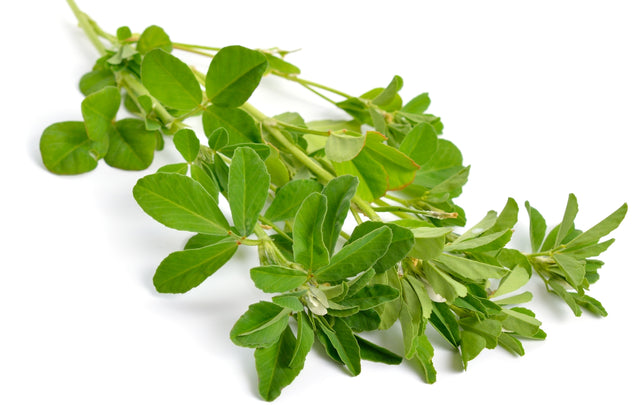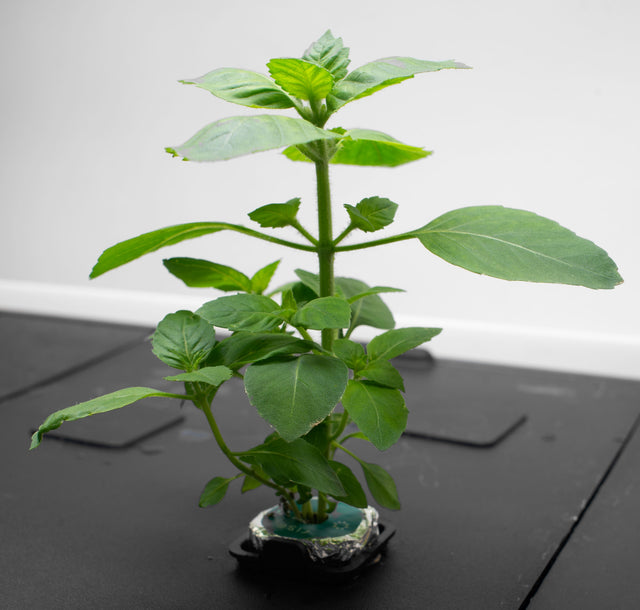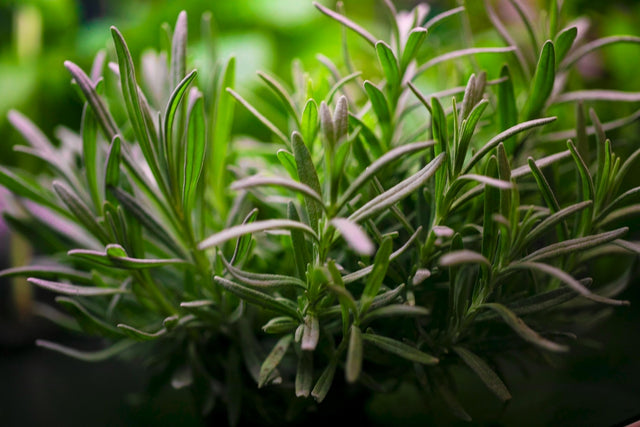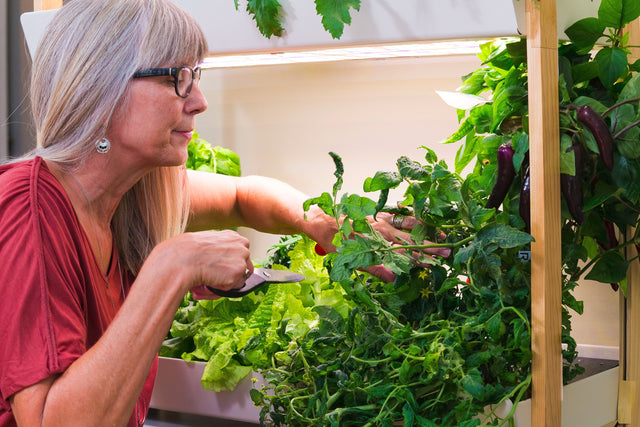Many people have a lifelong desire to enjoy delicious meals. However, as we age, it becomes more important to add flavor to food without adding ingredients that can exacerbate chronic health conditions, such as high blood pressure or elevated cholesterol. This is where fresh herbs and vegetables get their chance to shine.
Sage: The Brain Booster

Sage isn’t just for Thanksgiving! This herb has been shown to improve cognitive function and memory, especially in people with Alzheimer’s disease. In one four-month study of 42 individuals with mild to moderate Alzheimer’s disease, sage extract was shown to produce significant improvements in brain function.1 Consider it a tasty version of sudoku!
How to use: Sage is delicious in soups and stews. It’s a common fall flavor and works well with roasted vegetables or meats.
Fenugreek: The Blood Sugar Balancer

Diabetes is a common concern among seniors, and keeping blood sugar in balance is critical. Many studies have shown that at least one gram of fenugreek extract per day can lower blood sugar levels, particularly in diabetics.2 Fenugreek is a delightful way to keep blood sugar in check while enjoying new flavor sensations.
How to use: Add fresh or dried fenugreek to sauces, curries or vegetable dishes for an aromatic punch.
Holy Basil: The Immunity Supporter

Holy basil isn’t your standard basil. Also known as Tulsi, it’s known to boost immune system function.3 For seniors who may be prone to viral infection, this is a win-win! It’s also chock-full of adaptogens, which help your body respond effectively to stress and anxiety. Enter: Zen mode.
How to use: Brew tea from the leaves or sprinkle the leaves onto your savory dishes.
Rosemary: The Germ Fighter

You may think of rosemary as the perfect flavor booster for roasted chicken, but it’s so much more than that. Rosemary is the germ-fighting hero we all need in our lives. Studies have shown that rosemary has powerful antibacterial, antiviral, and antifungal properties, which means that seniors will be more likely to fight off potentially life-threatening infections.
How to use: Add to meats or roasted vegetables. You can also steep the leaves to make tea.
Dark Leafy Greens: The Real Veggie VIP
Dark leafy greens, which include vegetables like kale and spinach, are nutrition powerhouses. In addition to being an excellent source of fiber, they contain antioxidants, vitamins C and K, iron, and calcium. Is there anything dark leafy greens can’t do?
How to use: Eat them raw in a salad, steam them, or sautee with some garlic and olive oil. You can’t go wrong!
When you bring indoor hydroponic gardening to your senior living community, the possibilities are endless when it comes to adding to the health of your residents’ lives. Contact us today to learn more.




